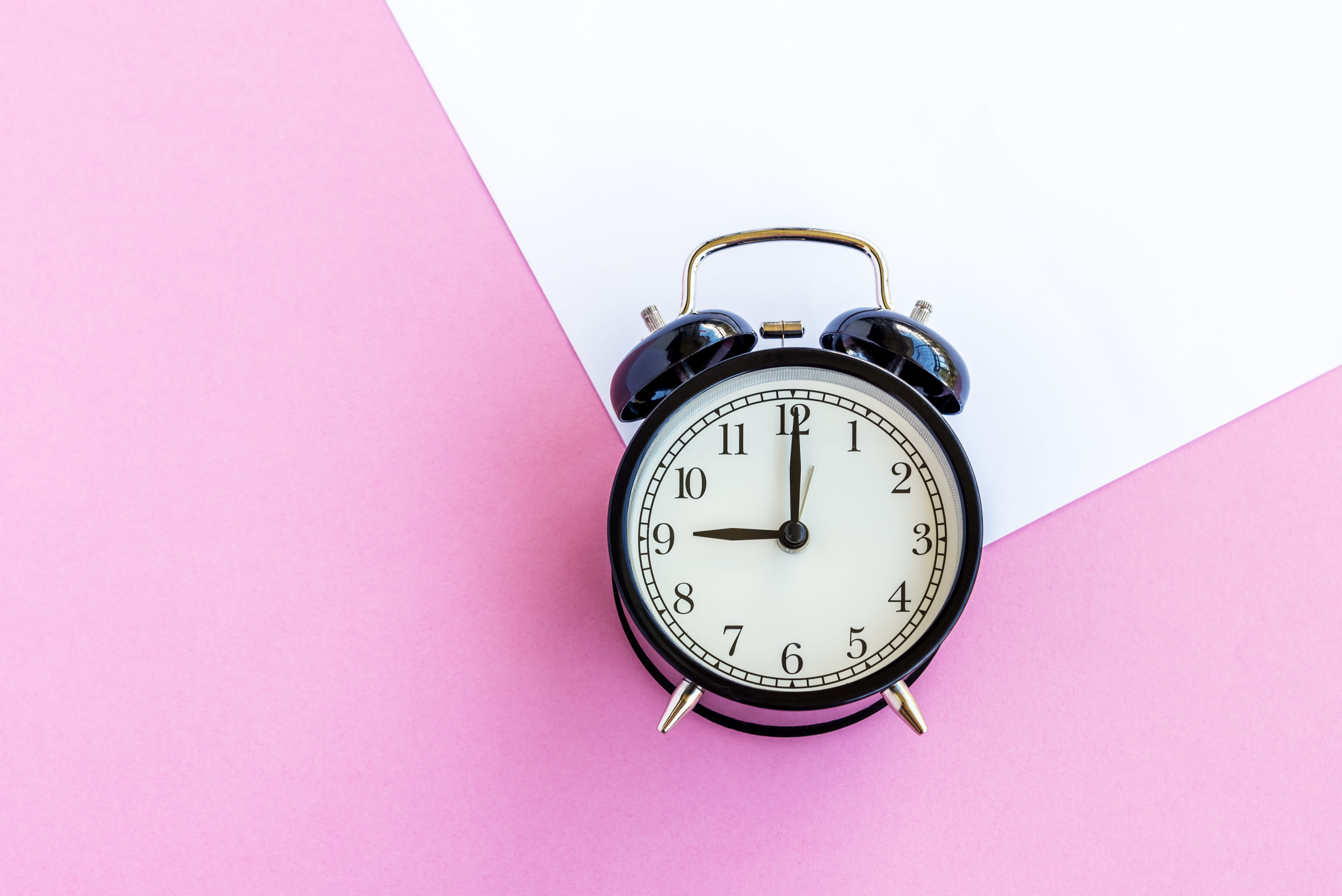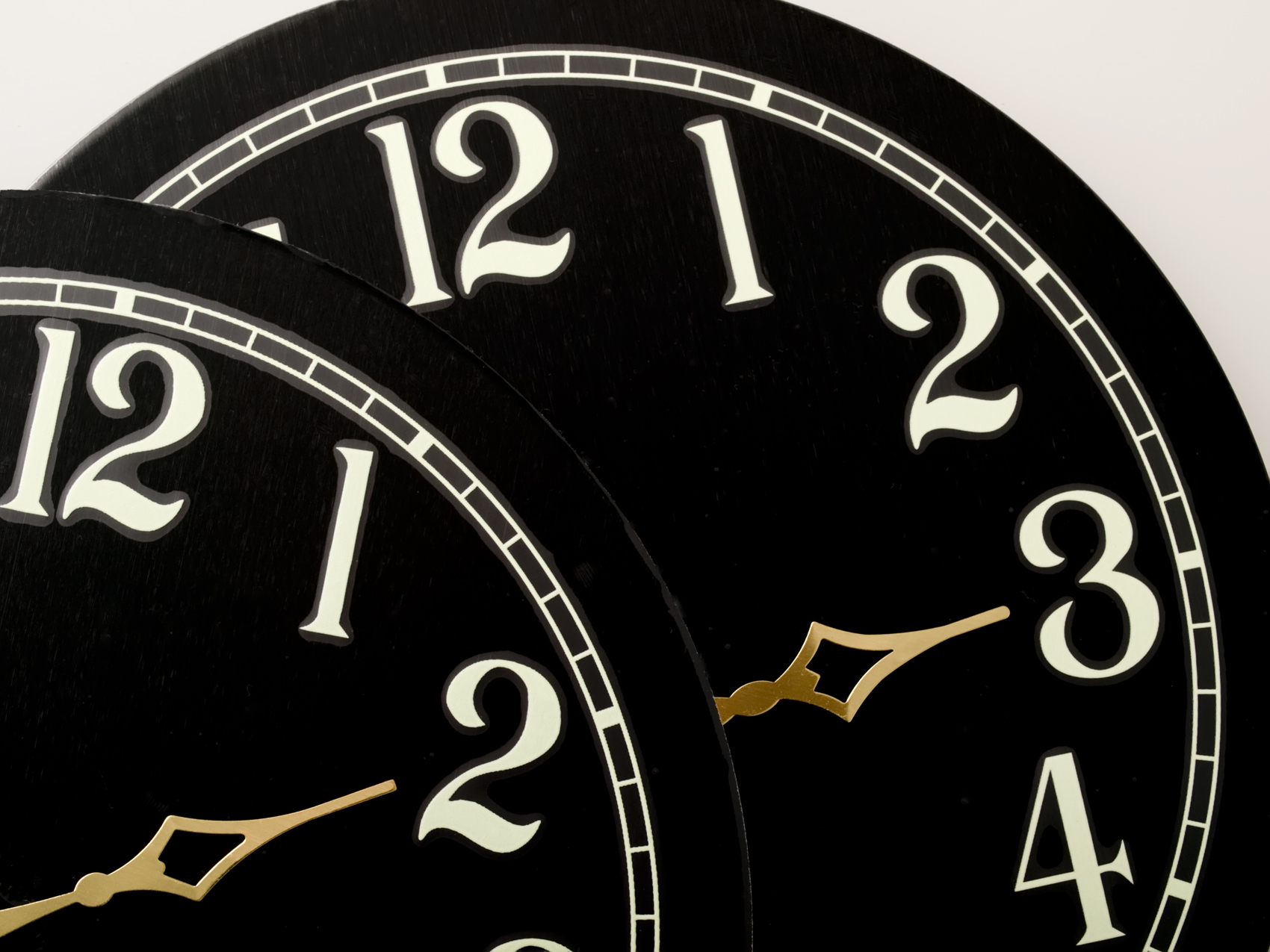As sunsets are happening after 6 p.m. in California, it won't be much longer until clocks "spring forward" for the start of daylight-saving time.
While the U.S. Senate approved legislation last year that would have made daylight saving time permanent, the bill stalled in a House committee and was not voted on prior to the end of the previous Congress.
Here's what to know about the changing of clocks for 2023:
When does daylight saving time start?
Get top local stories in San Diego delivered to you every morning. Sign up for NBC San Diego's News Headlines newsletter.
Under provisions of the Energy Policy Act of 2005, which amended the Uniform Time Act of 1966, daylight saving time will begin on the second Sunday in March, which in 2023 will fall on March 12.
When does daylight saving time end?
Daylight saving time will end at 2 a.m. on Nov. 5, 2023.
What is daylight saving time?
Daylight saving time is a changing of the clocks that typically begins in spring and ends in fall in what is often referred to as "spring forward" and "fall back."
Under the conditions of the Energy Policy Act of 2005, daylight saving time starts on the second Sunday in March and ends on the first Sunday in November.
On those days, clocks either shift forward or backward one hour.
But it wasn't always that way.
Clocks used to spring ahead on the first Sunday in April and remained that way until the final Sunday in October, but a change was put in place in part to allow children to trick-or-treat in more daylight.
In the United States, daylight saving time lasts for a total of 34 weeks, running from early-to-mid March to the beginning of November in states that observe it.
Some people like to credit Benjamin Franklin as the inventor of daylight saving time when he wrote in a 1784 essay about saving candles and saying, "Early to bed, early to rise makes a man healthy, wealthy and wise." But that was meant more as satire than a serious consideration.
Germany was the first to adopt daylight saving time on May 1, 1916, during World War I as a way to conserve fuel. The rest of Europe followed soon after.
The United States didn't adopt daylight saving time until March 19, 1918. It was unpopular and abolished after World War I.
On Feb. 9 ,1942, Franklin Roosevelt instituted a year-round daylight saving time, which he called "war time." This lasted until Sept. 30, 1945.
Daylight saving time didn't become standard in the US until the passage of the Uniform Time Act of 1966, which mandated standard time across the country within established time zones. It stated that clocks would advance one hour at 2 a.m. on the last Sunday in April and turn back one hour at 2 a.m. on the last Sunday in October.
States could still exempt themselves from daylight saving time, as long as the entire state did so. In the 1970s, due to the 1973 oil embargo, Congress enacted a trial period of year-round daylight saving time from January 1974 to April 1975 in order to conserve energy.
What's the deal with the Sunshine Protection Act?
Under legislation unanimously passed by the Senate last year known as the Sunshine Protection Act, the seasonal changing of clocks would effectively be eliminated in the U.S., except for Hawaii and parts of Arizona.
Despite passage in the Senate, the bill has stalled in the House, where it remained in a committee until the expiration of the previous Congress.
Overall, thoughts on the potential shift vary.
The Sunshine Protection Act was introduced by Sen. Marco Rubio, R-Fla., who suggested it would reduce crime, encourage kids to play outside and lower the risk of heart attacks and car accidents.
"There’s some strong science behind it that is now showing and making people aware of the harm that clock-switching has," Rubio said on the Senate floor in March, NBC News reported.
A 2020 study found that fatal traffic accidents in the U.S. rose 6% in the week after daylight saving started. Other studies have found that the switch to daylight saving brings small increases in workplace injuries and medical errors in the days following the change. A 2019 study, meanwhile, found that the risk of heart attacks went up in the week after clocks sprung forward, though other research did not find such an increase.
The research overall is mixed, however, and the American Academy of Sleep Medicine supports the opposite switch to permanent standard time, as research shows that bodies function best with more sunlight in the morning.
“I have received calls from constituents who prefer permanent standard time because they have safety concerns for children who have to wait too long in the dark during winter for the school bus," said Rep. Jan Schakowsky, of Illinois' 9th Congressional District and a Democratic member of the House Energy and Commerce Committee, where the bill currently sits.
Which states observe daylight saving time?
Nearly every U.S. state observes daylight saving time, with the exceptions of Arizona (although some Native American tribes do observe DST in their territories) and Hawaii. U.S. territories, including Puerto Rico, American Samoa, Guam and the U.S. Virgin Islands, do not observe daylight saving time.
What is standard time?
According to the website Time and Date, standard time is the local time in a country or region when daylight saving time is not in use.
"More than 60% of the countries in the world use standard time all year," the site says. "The remaining countries use DST during the summer months, generally setting clocks forward one hour from standard time."
According to the AASM, it's standard time that more closely matches our body's internal clock.
"The daily cycle of natural light and darkness is the most powerful timing cue to synchronize our body’s internal clock," the Illinois-based organization says. "When we receive more light in the morning and darkness in the evening, our bodies and nature are better aligned, making it easier to wake up for our daily activities and easier to fall asleep at night. Daylight saving time disrupts our internal clock, leading to sleep loss and poor sleep quality, which in turn lead to negative health consequences."
Which is correct: daylight saving time or daylight savings time?
According to thesaurus.com, the correct answer is: daylight saving time.
"Daylight-saving time (singular saving) is technically the correct version: the practice is saving daylight," the website says. "Still, daylight-savings time (with the plural savings) is so commonly used that it’s become an accepted variant of daylight-saving time."
Thesaurus.com says the "s" at the end of the phrase may have caught on because the plural of "saving" is often used when referring to money -- for example, a savings account.
"Then there’s the question of the hyphen," the explanation continues, "Some leave it off while others include it. We hyphenate because daylight-saving together modifies the word time that directly follows."



